Edited by Sandra Crisp LG
Sandra Crisp LG: “Printmaking, drawing and photography are all used in your practice to create the components for installations. The following has been written about your work: ‘She is on a concerted search for the structure of things – deconstructing existing and creating new discernible patterns. Recognizing patterns is crucial to humans, helping understand and predict what is coming.’
‘The Mind has Mountains’ exhibition at the Swiss Church, London 27 & 28 August 2022 presented an immersive installation of large-scale etchings on heavyweight paper organised in a circular configuration.
The exhibition ‘NOT NECESSARILY IN THE RIGHT ORDER’ Stephen Lawrence Gallery, London February 25, 2023 incorporated sound and video in collaboration with Dominic Murcott and Ian Peppiatt.
It will be great to hear more about your process, including etching as far as you are willing to reveal! ”

My projects are usually led by an idea and then the space the work will be shown. Through drawing, printmaking and photography I create new formations, work on them in a range of 2 and 3 dimensional media and often present them as installations.
I mostly create my own work in series but also like to work in collaboration with other artists. Collaboration enables the use of techniques I am not a specialist in and pushes the work into unexpected directions.
Location and space are both important in my work and if possible I like to relate the pieces to the locations where I work; for example through using soil, sand, dirt and ashes in the printmaking process as part of the plate resists or mixed into the printing ink.
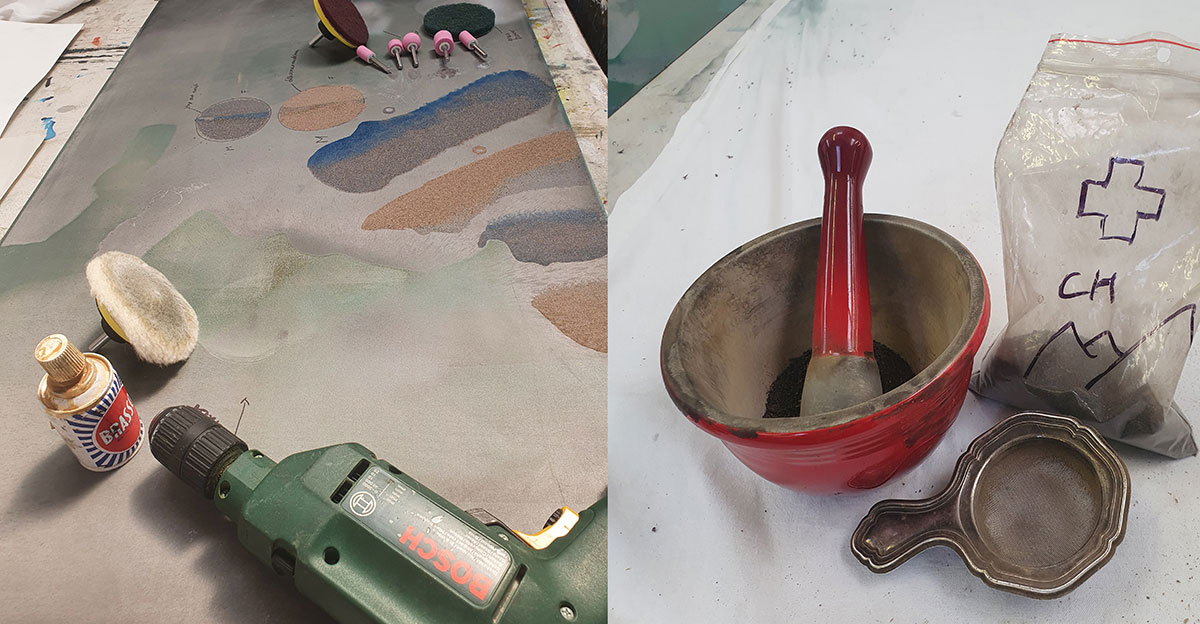
I’m always pushing the boundaries of printmaking in terms of size and shape and am keen to take it into the 3-dimensional space. Etching is a long-established form of image making, more commonly used for intricate small-scale framed artworks. On a big scale, it is a very physical activity; the metal plates are heavy and making them requires intense commitment and workmanship. That sense of physical engagement is palpable in the resulting works.
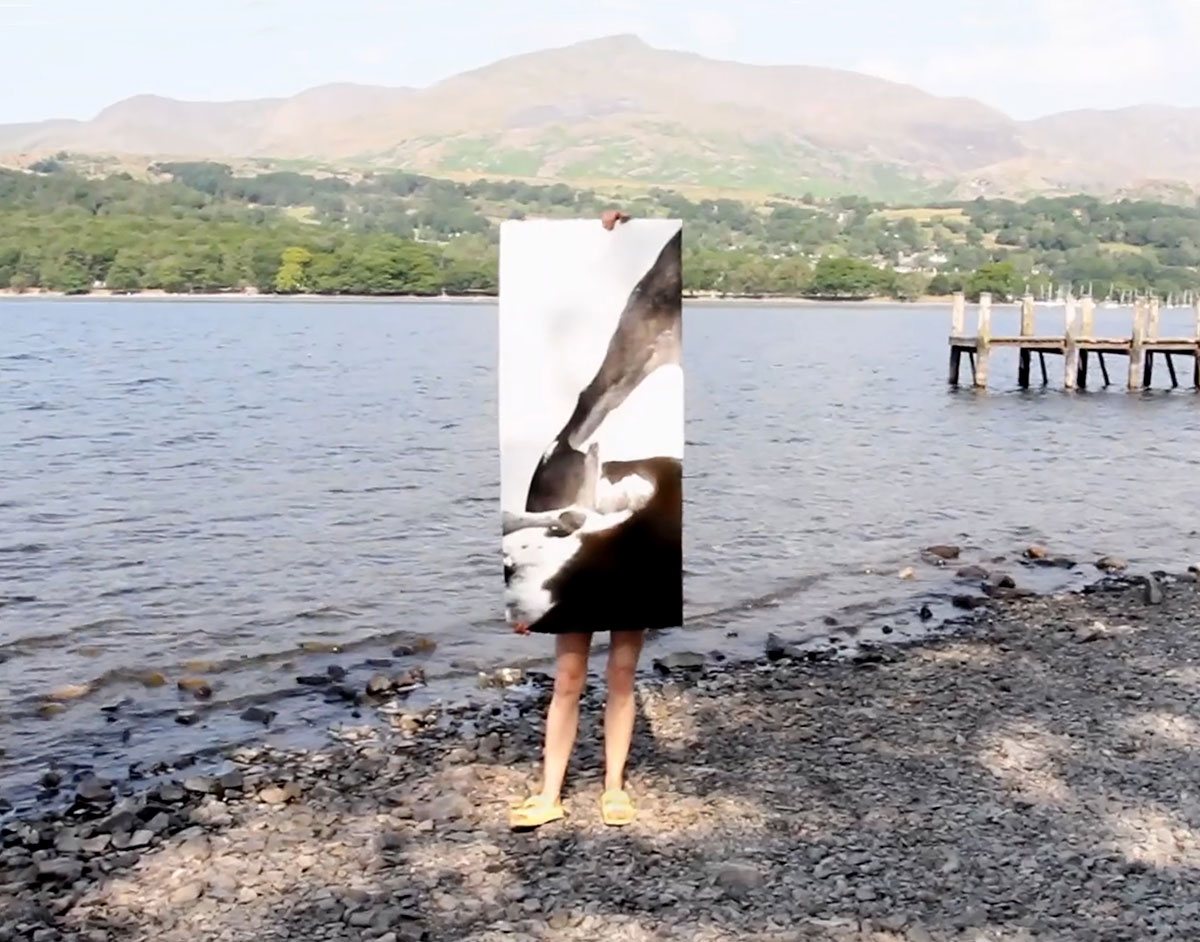
The physicality of our human body in this progressively digital world fascinates me. There is an unmistakable tangibility in the human skeleton, this core structure which holds us up. Bones are essential in reconstructing who we are and where we come from. We record our history through bones.
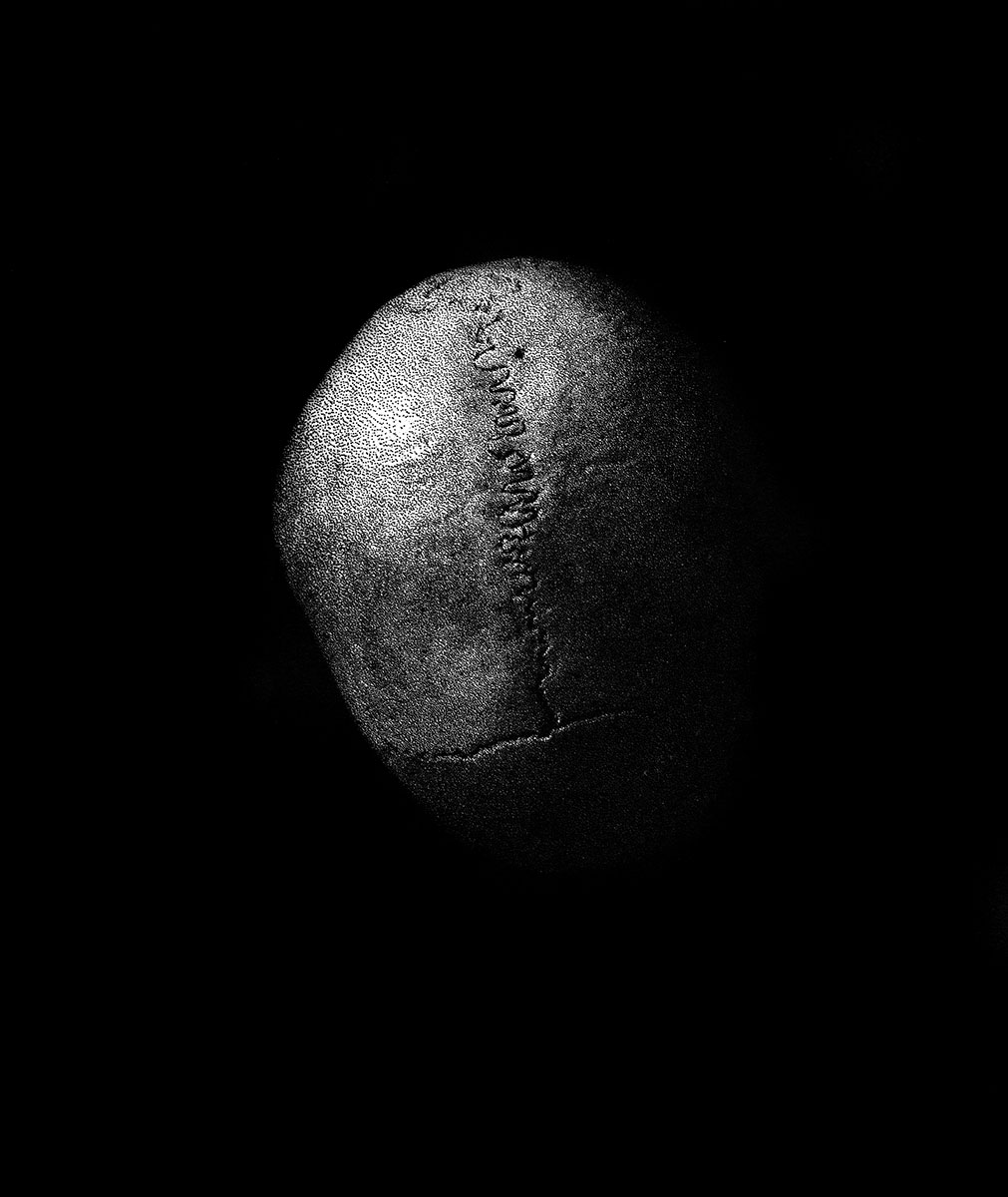
Using processes of deconstructing, zooming in and reassembling I search for the structure of things and then create new formations. I am exploring how we relate to our environment in an attempt to understand our temporal human existence and question our impact on and synergy with our planet. Abstraction is part of the process – not trying to hide the origins, rather broadening the possibilities for interpretation.
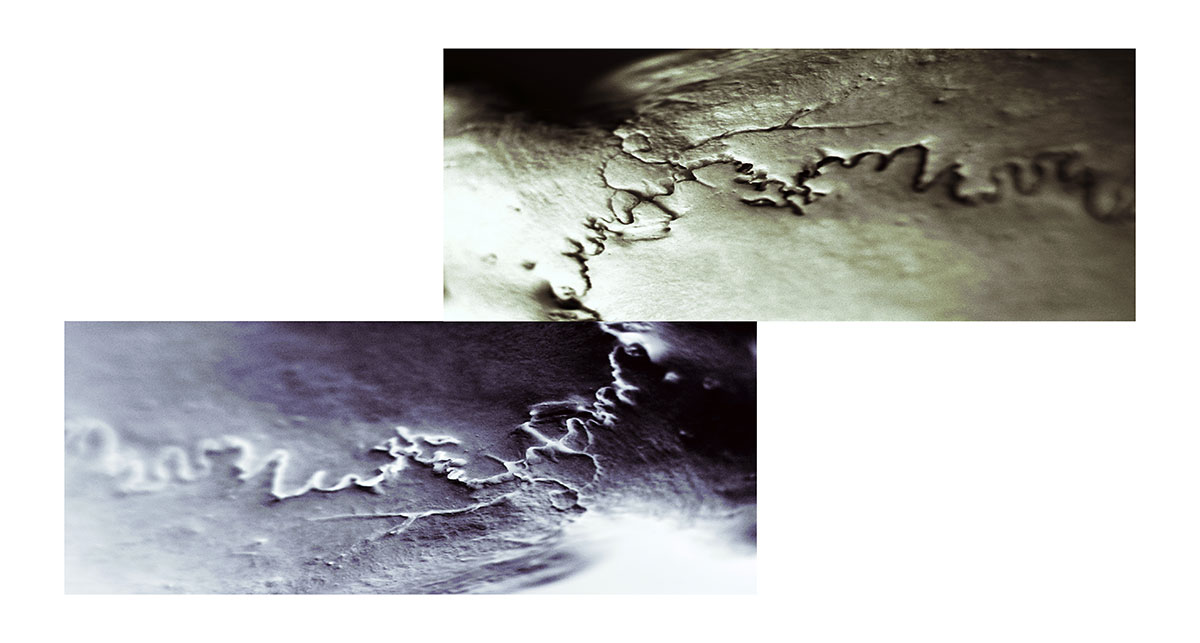
In the case of the series INTO THE WILD, it started with the drawing and photographing of wild flowers and weeds which were surviving in most hostile industrial city locations. That led to creating large steel etchings of flowers made of human bones. I wanted the prints to be that size so that the viewers would be able to stand in front of these flowers and relate the bones directly to themselves.
These flowers or human bone structures are reminders of the fact that humans are as much part of nature as weeds and in fact a lot more invasive.
My preferred way of working with steel plates is to scratch, bash and etch into them, to sand them down and to build them up again. I often use a combination of photographic etching and working by hand, into the plate to create the necessary tonal range and 3-dimensionality. Steel etching also enables you to achieve the black, charcoal-like depths.
I’m not aiming to create the perfect edition; it is more a renewed interpretation of the plate each time, almost a reverse painting process. Each print ends up being a bit different.
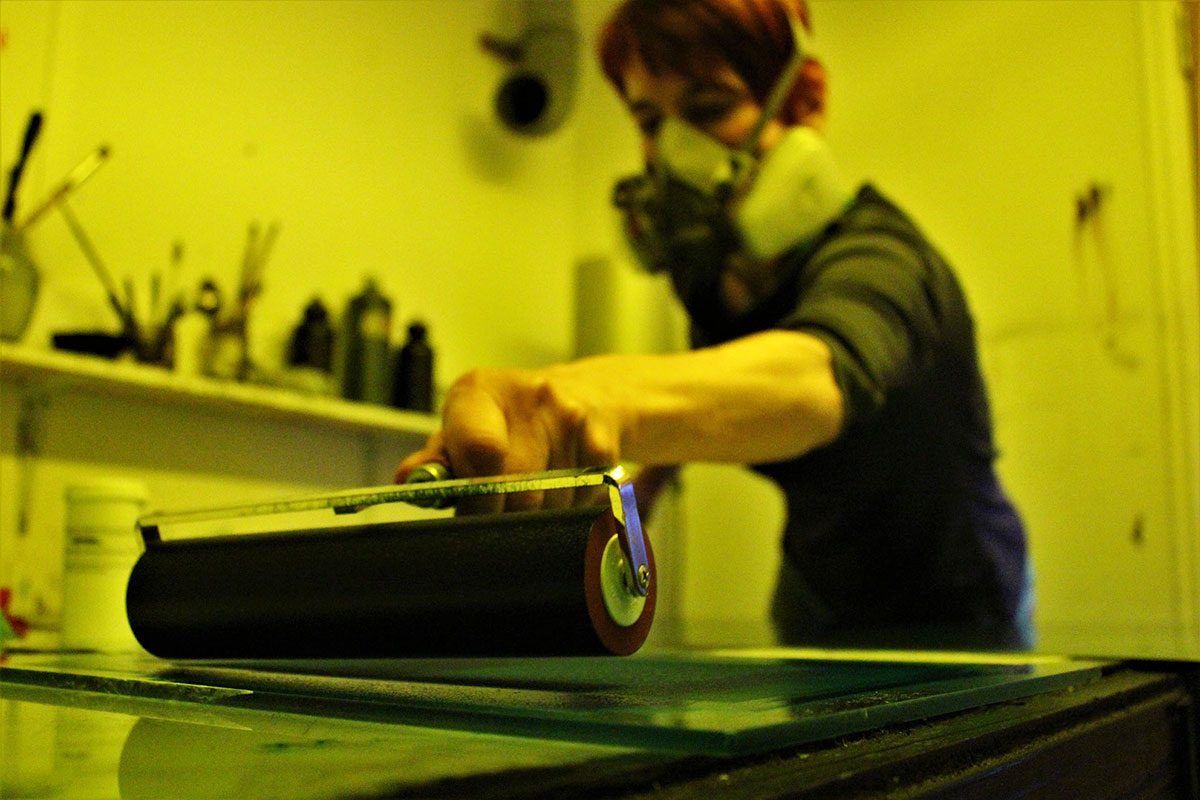
The large-scale etchings in THE MIND HAS MOUNTAINS offer an immersive experience. The viewer enters a circular installation which consists of 48 large-scale steel etchings, presented in triptych formations. Printed on heavy cotton paper, showing the original deckled edges, the etchings have a direct physical impact on the viewer. I have combined different etching techniques, including the steel’s inherent structural qualities and the carborundum technique to achieve the intensity of the blacks and the range of structures within these etchings.
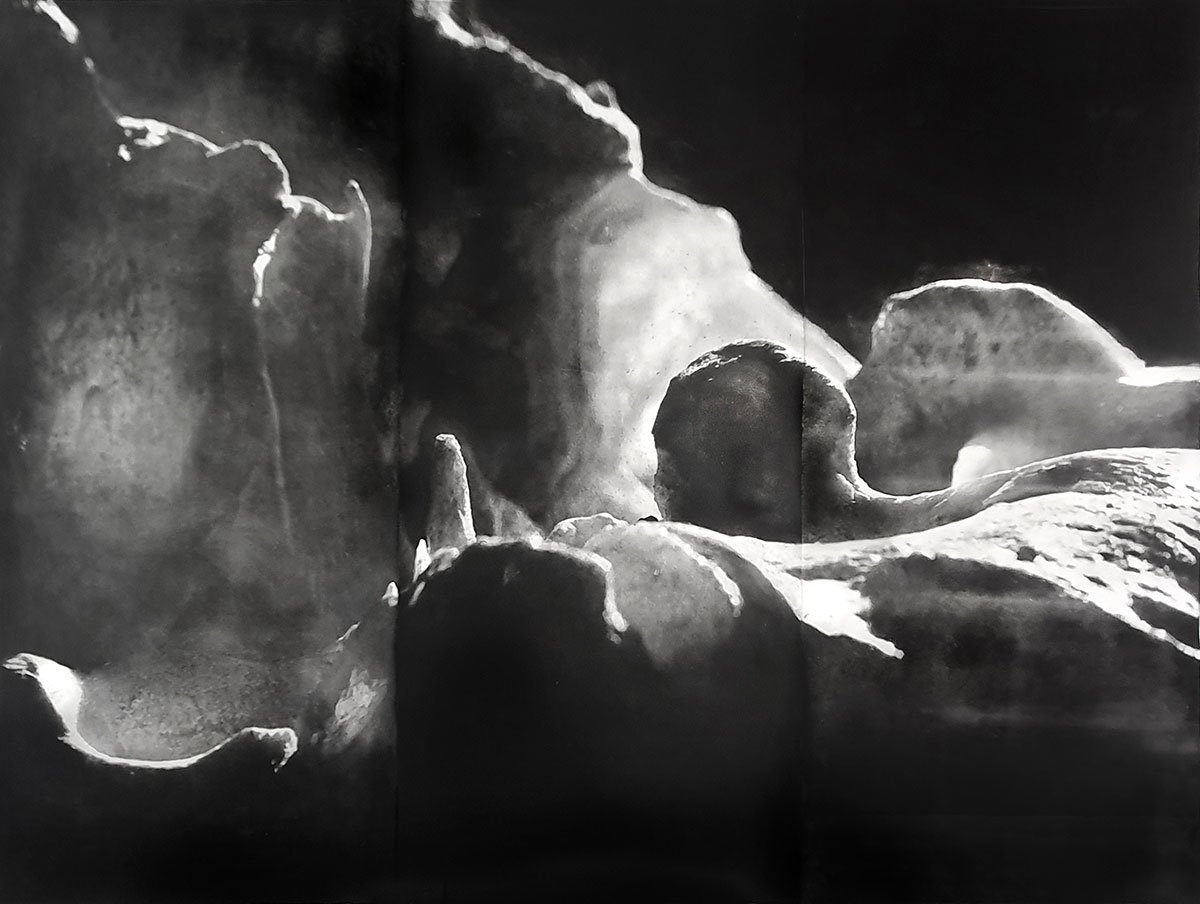
Entering the space you are surrounded by structures which evoke a mountainous landscape like the Alps where I grew up. The images, being structures from the inside of the human skull, shift the space into a place where consciousness and memory reside – a space to think and contemplate.

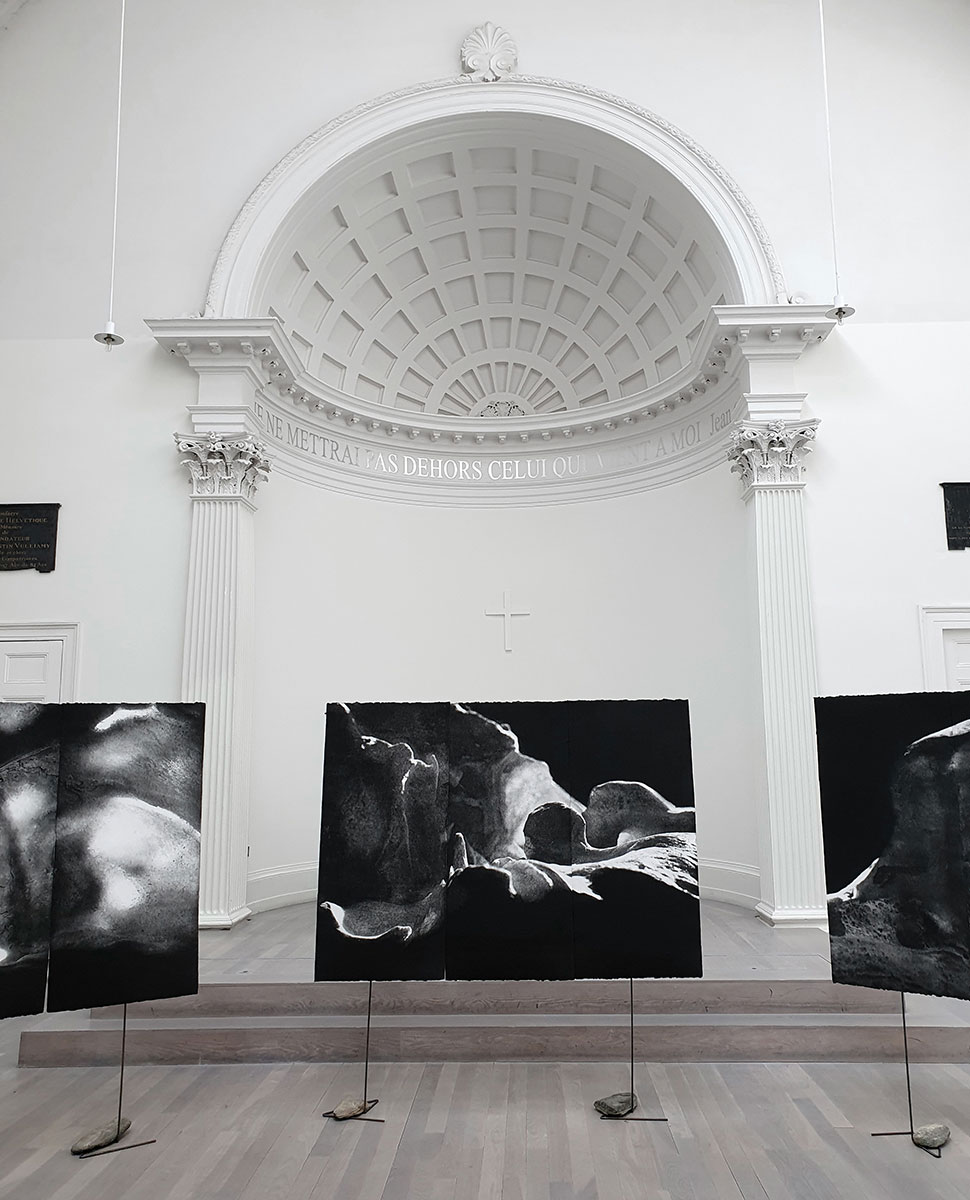
Carol Wyss LG, 2023
carolwyss.net
Upcoming Exhibitions
EEA exhibition in Brussels
An exhibition of Liechtenstein Artists curated by Cornelia Wieczorek
24 August to 20 December 2023
Sans Horizon, Sans Rivage
Victoria Arney, Carol Wyss, Victoria Ahrens
Chapelle des Penitents Bleus, La Ciotat, France
9 November – 1 December 2023
The Whole Palette
Works from the Hilti Art Foundation
Kunstmuseum Liechtenstein
17 November 2023 – 27 October 2024
The Filmmaker Peter Bromley has created a documentary about the processes in my work. You can view the film for free with this link Carol Wyss – In Situ and by entering the password WyssCarol when prompted.






